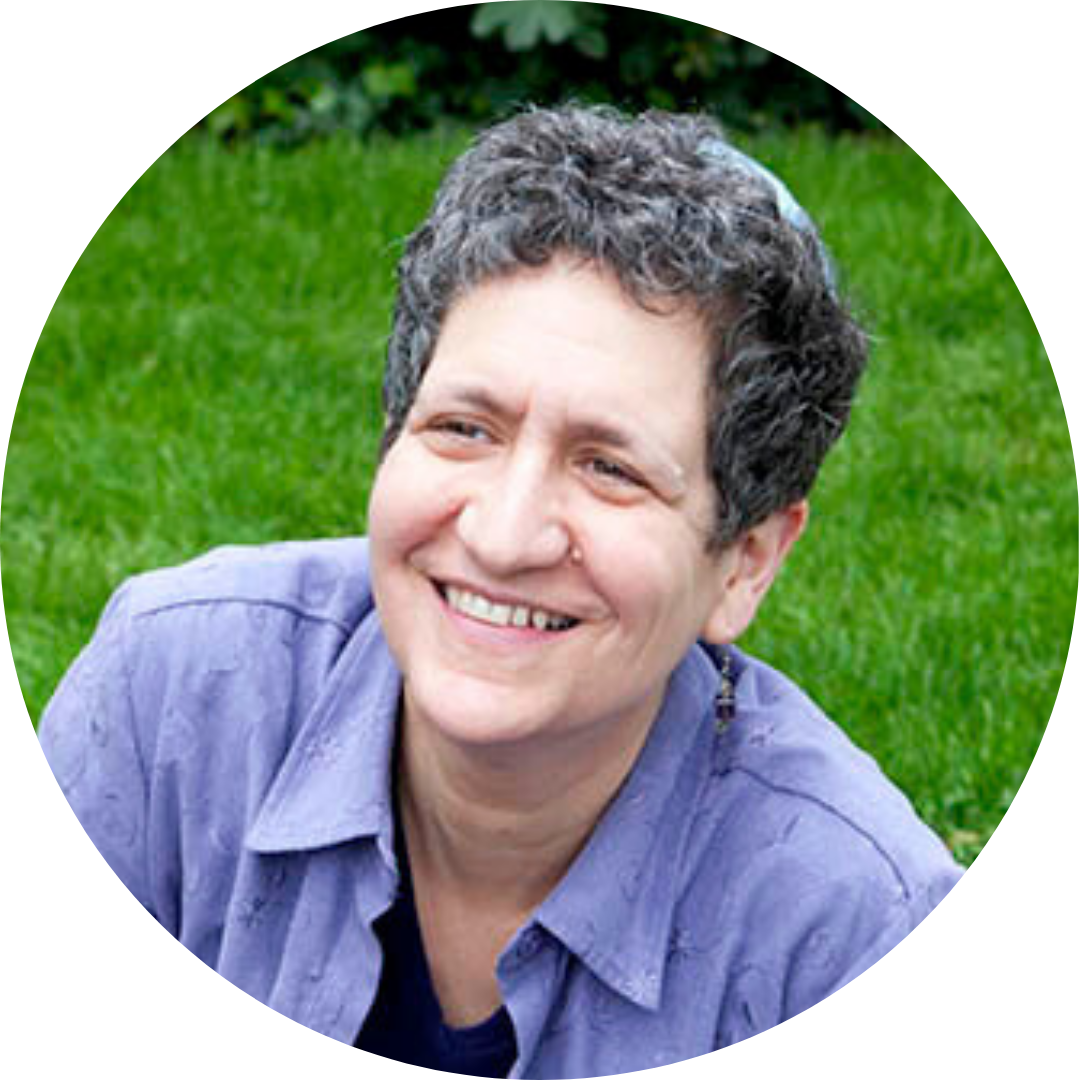Two November events loom as I write this column: the mid-term elections on November 6, and the first Reconstructionist movement-wide convention in a decade, a week later. The first admittedly will have far more impact on the world than the latter, but they are linked in my mind for one important reason: movements matter.
In the realm of politics, change does not happen because of a charismatic candidate or a successful TV ad campaign. Change — of whatever ideological type — happens when a group of people with a vision band together and put all the resources at their disposal into transforming laws and institutions. Rosa Parks was not an unattached individual claiming her rights; she was a trained activist who was part of a growing movement agitating for African-American equality. Same-sex marriage did not become the law of the land because of a natural evolution of human consciousness; LGBTQ people had been organizing and pushing for change since the spark of the Stonewall riots in 1969.
On the right-hand side the political dial, a well-organized, well-funded campaign of over 40 years to turn back the gains won by the labor, civil rights, women’s and environmental movements has largely succeeded in reshaping American law and controlling a majority of state governments along with Congress and the presidency. And we are living in a moment when a new tide of organizing to turn the dial in a more progressive direction is beginning to rise.
In the American Jewish world, on a much smaller scale, we sometimes forget that much of what we take for granted — the full involvement and leadership of female and queer Jews throughout much of the Jewish community; the transformation of liturgy to incorporate modern sensibilities; a more expansive view of ‘who is a Jew’; the inclusion of interfaith families — also did not just “happen.” Both the Reform and Reconstructionist movements have been at the forefront of these changes over the past century. When Mordecai Kaplan, writing in the 1920s and ‘30s, put forward his vision for “reconstructing” American Jewish life, he was not seeking to create a new denomination of Judaism. He simply believed that the force of good ideas would bring about a transformation of American Jewish institutions and ideology. Yet while Kaplan’s ideas were indeed influential, much of what he advocated remained in the realm of theory, not practice.
In the 1960s, Kaplan’s son-in-law Ira Eisenstein convinced him that the only way to get what were then radical ideas into the Jewish mainstream was to establish a rabbinical seminary — effectively creating a new denomination of American Judaism. And so the Reconstructionist Rabbinical College was established in 1968. Kaplan’s individual innovation in calling his daughter to the Torah as a bat mitzvah in 1922 took on institutional and movement form as RRC began admitting women as candidates for ordination in 1969. Our movement went on to be the first to admit and ordain openly gay and lesbian rabbis (beginning in 1984), to affirm same-sex Jewish marriage (in 1992), to elect a queer person (me!) as the head of a denominational rabbinical association in 2007, and most recently, to appoint both a female and a lesbian (Rabbi Deborah Waxman) as the head of the organization that houses our seminary and our congregational arm, Reconstructing Judaism, in 2013.
None of these changes just “happened”; they were the outgrowth of a vision and an ideology, based in Kaplan’s teaching that Judaism must evolve to meet the changing realities of actual Jews. They were the result of organizing and effort by rabbis, congregational members, and faculty of the RRC. The reality of being a movement, even if a small one, meant that changes needed to be accepted and embraced not just by the leadership of the movement, but also by the people in the congregations. Our movement pioneered the use of lay-rabbinic commissions to study issues like inclusion of LGBTQ people in Jewish communal life, developing materials and workshops to help congregations wrestle with potentially challenging and contentious issues.
I write this at a time when denominations are considered passé, as if Jewish life can mysteriously organize and motivate itself, organized around charismatic individuals (and wealthy funders). I have to respectfully but forcefully disagree with this view. Individuals might be symbols of positive change, but they never cause it. I could not have become a rabbi if RRC, followed by the Reform movement, had not decided to ordain queer people by the early 1990s.
The value of inclusion that we hold so dearly at Dorshei Tzedek—a value that doesn’t mean just “tolerance” of difference, but an embrace of so many different kinds of people in our community — is a stance that has been nurtured by movements of progressive Judaism for many decades. And this month, as we celebrate the 50th anniversary of the founding of the Reconstructionist Rabbinical College, I am thrilled that I will be in attendance in Philadelphia when over 500 Reconstructionists from around the country come together to learn, worship, and celebrate together.
What will our movement look like in another 50 years? I have no idea. Maybe new structures and denominations will have arisen to take the place of what exists today. But I have no doubt that all we have built since Kaplan first imagined a new kind of American Judaism will deeply influence all that comes to be.








